This article was co-authored by Jonathan Frank, MD and by wikiHow staff writer, Jennifer Mueller, JD. Dr. Jonathan Frank is an Orthopedic Surgeon based in Beverly Hills, California, specializing in sports medicine and joint preservation. Dr. Frank's practice focuses on minimally invasive, arthroscopic surgery of the knee, shoulder, hip, and elbow. Dr. Frank holds an MD from the University of California, Los Angeles School of Medicine. He completed an orthopedic residency at Rush University Medical Center in Chicago and a fellowship in Orthopedic Sports Medicine and Hip Preservation at the Steadman Clinic in Vail, Colorado. He is a staff team physician for the US Ski and Snowboard Team. Dr. Frank is currently a scientific reviewer for top peer-reviewed scientific journals, and his research has been presented at regional, national, and international orthopedic conferences, winning several awards including the prestigious Mark Coventry and William A Grana awards.
There are 21 references cited in this article, which can be found at the bottom of the page.
This article has been viewed 19,488 times.
An ACL injury can really put you off your game — especially if you need surgery. Full recovery after ACL surgery typically takes around 9 months, so have patience with yourself if you have a hard time getting back into the swing of things. Whatever you do, follow your doctor's instructions and try not to do too much. Even if your knee feels better, don't put any undue stress on it until your doctor or physical therapist gives you the all-clear.[1]
Steps
First 2 Weeks
-
1Keep the wound clean and dry with sterile bandages. When you get out of surgery, the surgical incision will be covered with a bandage. Follow your doctor's instructions for changing the bandage and cleaning the incision.[2]
- Always wash your hands before removing the bandage or cleaning the incision.
- Keep the bandage dry. If you accidentally get it wet, change it as soon as possible.
- When you change the bandage, check the wound for signs of infection, which include redness and swelling or a smelly discharge. If you have any questions about whether it's infected, call your doctor immediately and have them look at it.
-
2Take a shower after 24-48 hours. It's typically safe to take a shower a day or two after surgery (unless your doctor says otherwise). No baths, though — you shouldn't submerge your knee or soak your leg for at least 2 weeks after surgery. Tape a piece of plastic over your bandages to keep them dry while you shower.[3]
- Get a chair or stool that you can brace yourself with while you take a shower.
- If you're not comfortable taking a shower or are afraid you're going to fall, take a sponge bath for the first couple of weeks.
Advertisement -
3Wear a brace on your knee to help keep it straight. Getting your knee straight is the most important thing to achieve after surgery. Your doctor will fit you with a brace that you'll need to keep on most of the time, including when you're sleeping.[4]
- The typical brace locks in place to keep your knee straight and stable. If you unlock it, you can bend your knee while the brace is still on your leg.
- Not all doctors use braces, and not all surgeries require it. But if your doctor gives you a brace, follow their instructions on how and when to use it.[5]
-
4Practice walking with crutches. Don't put any weight on your knee for the first couple of weeks after surgery. Your doctor will issue crutches for you to use to get around, but they can take some getting used to — especially if you've never used crutches before. Just be patient and you'll get the hang of it.[6]
- Your doctor will have you test the crutches before you leave after surgery to make sure they fit right for you. They'll also give you some pointers for how to walk on crutches as comfortably as possible.
- Even if you aren't putting weight on your knee, however, it is important to move your leg as soon as you can after surgery. Typically, the faster you get your motion back, the faster your pain will start to decrease.[7]
-
5Use RICE (Rest-Ice-Compression-Elevation) therapy to keep down swelling. Wrap your knee to compress it and reduce swelling, then prop it up on some pillows. Wrap an ice pack (a bag of frozen vegetables will also work) in a towel and set it on your knee. Keep it there for 10-15 minutes.[8]
- In the first 2 weeks, there's no such thing as too much RICE. Start with a minimum of 3 to 4 15-minute sessions a day, but don't be afraid to do more if you feel like you're getting benefit from them.[9]
-
6Stay home and rest rather than trying to go to work or school. Even if you have a relatively sedentary job, you'll typically want to stay at home for at least a week or two after surgery. Your doctor might recommend a longer time depending on the severity of your injury and your overall condition after surgery.[10]
- If you have a manual occupation, it will likely be longer before you can return to full duty after your surgery.[11] However, your employer might have some desk work that you can do in the meantime until your knee heals.
-
7Take medication when necessary to relieve pain. Your doctor might give you a prescription for pain medication. However, it's more common that your doctor will recommend over-the-counter pain relievers and tell you to contact them if those medications aren't helping you.[12]
- Pain medication might be most helpful at night when you need to go to sleep.
- You'll need it more in the first couple of days after surgery, but avoid taking it all the time — even if you're only using over-the-counter drugs.
-
8Do extension stretch exercises throughout the day. Sit up in bed and extend your legs out straight in front of you. Lower your knee as much as you can without pain. You might want to gently press on the top of your knee to push it down further. Ultimately, your goal is to have no space between the bed and the back of your knee.[13]
- Being able to extend your knee straight is one of the most important things after ACL surgery. If you aren't able to straighten it completely, you'll end up walking with a limp. It might also impact your ability to compete in sports to the extent you did before surgery.
-
9Wear compression stockings day and night. After surgery, your doctor will likely fit you with a compression stocking to wear over your knee. Wear it all the time, except when you're taking a shower, to prevent deep vein thrombosis and other post-surgical complications, which can be very serious.[14]
- You'll typically need to wear this for at least a week after surgery, although your doctor might recommend longer, depending on the extent of your surgery and the severity of your injury.
2 to 6 Weeks
-
1Continue walking on crutches until your doctor clears you. Typically, you can expect to be on crutches for at least 4 weeks after surgery. Your doctor will examine your knee and let you know when you can start putting weight on your knee.[15]
- Coming off crutches is often a slow process. For example, you may start with not using crutches around the house but continuing to use them when you're out in public.
-
2Practice walking without crutches before going off of them completely. When you first start walking without crutches, you might walk with a bit of a limp. Walking on a treadmill will help you restore your regular gait pattern.[16]
- If your knee hurts while you're walking, you might want to go back to crutches for a little while. Remember to take it slow. Complete healing is more important than healing as quickly as possible.
- Be especially careful when walking on hills or inclines, as well as stairs. Going down stairs is typically harder on your knee than going up.
-
3Start driving as soon as you're off your crutches. Once you're able to walk, you're typically able to drive again (unless your doctor says otherwise). You might want to practice a little in an empty parking lot to make sure you've got the hang of it before you start driving in traffic.[17]
- Don't go on long road trips for another few months — your knee will get stiff if you sit in the same position for several hours. If you are making a longer trip, stop and stretch your legs every hour or so.
-
4Return to sedentary work after 2-3 weeks. Your doctor will clear you, but if you have a relatively sedentary job, such as office work, you typically don't need more than a couple of weeks off. You'll likely have a brace to wear on your knee and some stretches to do throughout the day, but you should be able to work as normal.[18]
- If you're on your feet a lot at work, you might want to wait another week or 2 before going back unless your employer can make accommodations for you. For example, if you're a cashier who normally has to stand at your station, your manager might allow you to sit on a chair or stool while you work.
-
5Talk to your doctor about what you want to do after recovery. Let your doctor know the types of activities you were doing before, as well as your general skill level. Based on this information, your doctor can match you with a physical therapist who best suits your needs and can help you reach your goals.[19]
- If you were previously involved in a sport, talk to your coach as well. They might know sport-specific physical therapists or trainers they could recommend.
-
6Go to physical therapy sessions as scheduled. As soon as you start putting weight on your foot (or maybe even a little before), your doctor will have you going to physical therapy. About 4 weeks after surgery, expect to go to multiple physical therapy sessions each week, as well as having exercises to do at home.[20]
- Your physical therapist will typically push you to go a little further, even if it hurts. At home, though, only go as far as you comfortably can.
- If a particular exercise is impossible for you to do without pain, tell your physical therapist so they can assess the situation.
-
7Do exercises at home to strengthen the muscles around your knee. Squats and lunges are particularly good for strengthening the muscles around your knee. Increasing the strength of these muscles decreases the pressure on your knee so it doesn't have to work as hard. This can help prevent re-injury.[21]
- Heel slides are a good way to ease into exercise. Lay on your back, then slide your heel up and down your other leg several times.[22]
- You can also start with quad activations, where you squeeze your quad muscle, then let it go. Once you have full motion and good quad activation, you can start progressing to the next step in your recovery process.[23]
- Your physical therapist will give you a list of exercises to do at home to strengthen your leg. If you have problems with any of the exercises, let your physical therapist know and they'll show you how to modify the exercise so you can do it effectively.
- Good form is important with these exercises to reduce excess strain on your knee. Usually, you'll do them with your physical therapist first so they can correct your form. Exercising in front of a mirror when you're at home helps you keep tabs on your own form.
-
8Add resistance training to build up leg strength. After 4 to 6 weeks (depending on your progress), your physical therapist will likely recommend that you start working with weights or resistance bands. Having your muscles work against resistance rehabilitates your knee and strengthens all the muscles and tendons that surround and support it.[24]
- Resistance bands are also helpful when you do stretches to increase the range of motion in your knee. Your physical therapist will give you specific exercises and show you what you need to do.
6 Weeks to 6 Months
-
1Start walking, cycling, and swimming for exercise. Cycling on a stationary bicycle is a good, non-impact way to get your knee moving. If you have a pool available, swimming is another low-impact exercise, although at first, you'll want to be careful about kicking your feet too much.[25]
- If you really want to start swimming early, talk to your physical therapist. They'll let you know what you can do given the condition of your knee.
- Walking is always good exercise and will help you improve your gait. Continue to wear a brace on your knee while walking for exercise, especially the first 2 or 3 months after surgery.
-
2Follow your physical therapy program. After 2 or 3 months, physical therapy programs diverge depending on your condition and your goals for recovery. If you were an athlete and are looking forward to returning to your sport, your physical therapist will likely have specific exercises that are designed to get your knee in the best condition for whatever sport you play.[26]
- Even if your knee feels fine after a few months, it's important to continue to follow your physical therapist's instructions. Let them know how you're feeling or if you think an exercise is "too easy" — but if they tell you to keep doing it, keep doing it.
-
3Return to manual work after 3 months. If you have a physically demanding job, your doctor typically will want you to stay out of work for a longer period of time than if you have a desk job. After 3 months, though, you'll usually be good to go.[27]
- Avoid climbing on ladders and scaffolding for another month, as these activities put more stress on your knee.
-
4Add sport-specific drills to your regimen after 4-5 months. If you're an athlete, your physical therapist will give you sport-specific drills designed to get you back into action more quickly. Depending on your performance level, you might switch to a sport-specific physical therapist at this point.[28]
- You might also talk to your coach about drills you can do. Chances are you aren't the first player they've coached who's had ACL surgery, so they probably have some good ideas.
- If your sport is currently in season, talk to your coach and physical therapist about going back to practice with your team, even if you're not yet ready to play in games.
- Even this far out from surgery, it's still a good idea to continue to wear the knee brace to protect your knee during sports, particularly if you're playing a contact sport.
Warnings
- If you notice signs of infection, including swelling or pain in your calf, fluid draining from the incision, or a fever over 101 °F (38 °C), call your doctor immediately.[29]⧼thumbs_response⧽
References
- ↑ https://www.hss.edu/condition-list_acl-surgery.asp
- ↑ https://orthoinfo.aaos.org/en/treatment/acl-injury-does-it-require-surgery/
- ↑ https://myhealth.alberta.ca/Health/aftercareinformation/pages/conditions.aspx?hwid=ug3484
- ↑ https://www.orthoassociates.net/sites/orthoassociatesV2.net/files/ACL%20Discharge%20Instructions.pdf
- ↑ https://myhealth.alberta.ca/Health/aftercareinformation/pages/conditions.aspx?hwid=ug3484
- ↑ https://orthop.washington.edu/sites/default/files/files/ACL%20%26%20MENISCUS%20Postop%20Instructions_Hagen.pdf
- ↑ Jonathan Frank, MD. Sports Orthopedic Surgeon & Joint Preservation Specialist. Expert Interview. 1 October 2020.
- ↑ https://www.ncbi.nlm.nih.gov/books/NBK499848/
- ↑ https://www.shoulderandkneesurgery.com.au/7-tips-recovery-acl-reconstruction-surgery-easier-perth/
- ↑ https://share.upmc.com/2015/04/recovery-time-for-acl-reconstruction-surgery/
- ↑ https://www.shoulderandkneesurgery.com.au/wp-content/uploads/2018/06/ACL-Program.pdf
- ↑ https://orthoinfo.aaos.org/en/treatment/acl-injury-does-it-require-surgery/
- ↑ https://www.shoulderandkneesurgery.com.au/wp-content/uploads/2018/06/ACL-Program.pdf
- ↑ https://orthop.washington.edu/sites/default/files/files/ACL%20Postop%20Instructions_Hagen.pdf
- ↑ https://share.upmc.com/2015/04/recovery-time-for-acl-reconstruction-surgery/
- ↑ https://www.emoryhealthcare.org/ui/pdfs/acl-documents/recovery-wks4-6.pdf
- ↑ https://journals.sagepub.com/doi/full/10.1177/2325967120968556
- ↑ https://www.aclregistry.nz/patients/
- ↑ https://orthoinfo.aaos.org/en/recovery/knee-conditioning-program/knee-pdf/
- ↑ https://www.ncbi.nlm.nih.gov/pmc/articles/PMC7900793/
- ↑ https://orthoinfo.aaos.org/en/recovery/knee-arthroscopy-exercise-guide/
- ↑ Jonathan Frank, MD. Sports Orthopedic Surgeon & Joint Preservation Specialist. Expert Interview. 1 October 2020.
- ↑ Jonathan Frank, MD. Sports Orthopedic Surgeon & Joint Preservation Specialist. Expert Interview. 1 October 2020.
- ↑ https://www.emoryhealthcare.org/ui/pdfs/acl-documents/recovery-wks4-6.pdf
- ↑ https://orthoinfo.aaos.org/en/recovery/knee-arthroscopy-exercise-guide/
- ↑ https://www.choc.org/orthopaedics/surgery/knee-ligament-repair-reconstruction/exercises-after-acl-surgery/
- ↑ https://www.nhs.uk/conditions/knee-ligament-surgery/recovery/
- ↑ https://www.emoryhealthcare.org/ui/pdfs/acl-documents/recovery-wks7-12.pdf
- ↑ https://kidshealth.org/en/teens/wounds.html
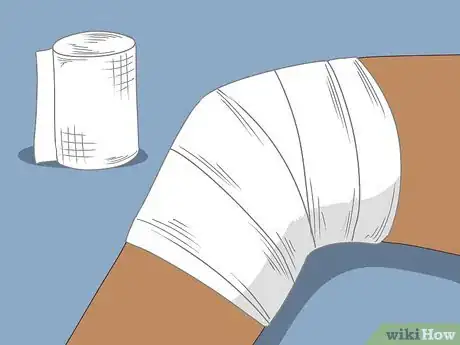

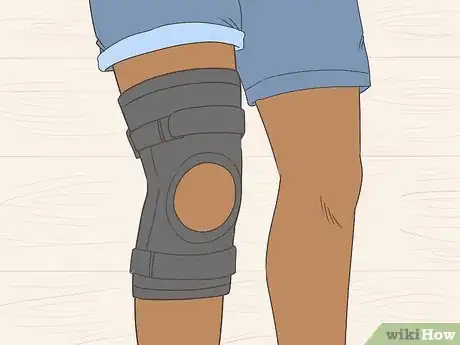
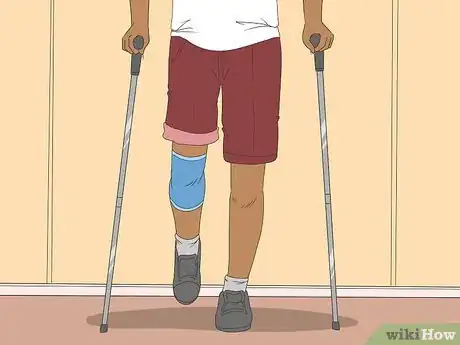

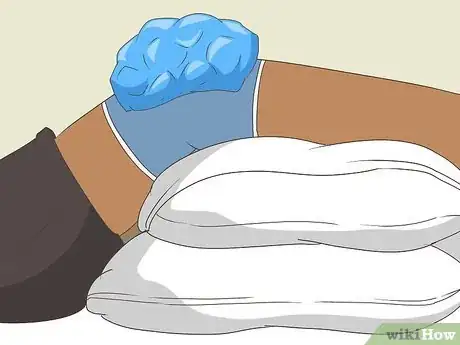
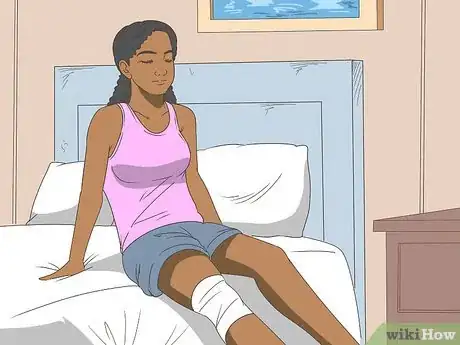
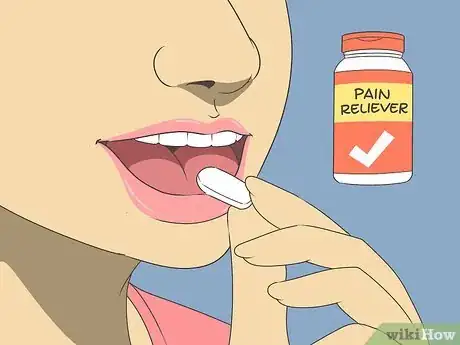
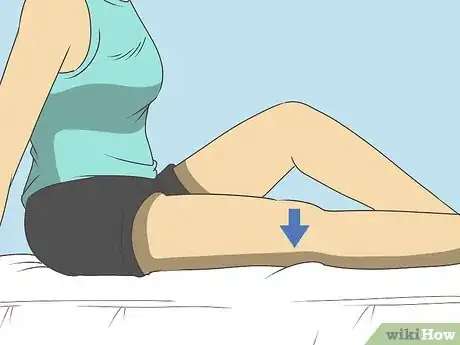
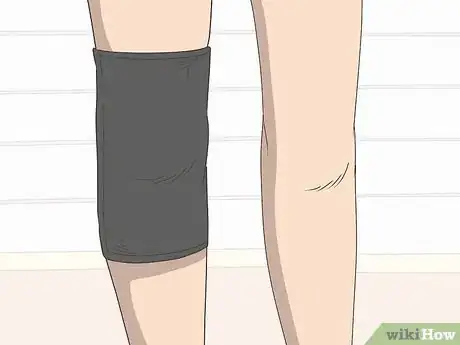
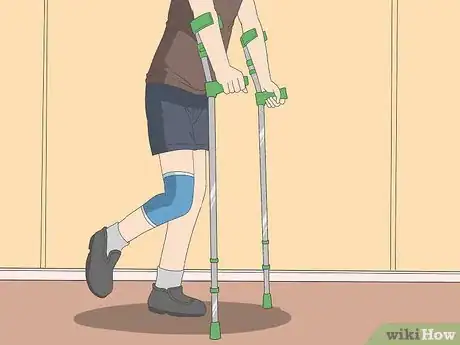
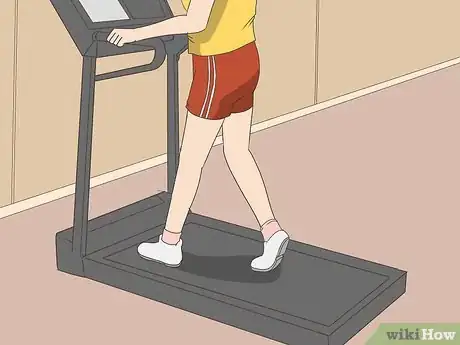

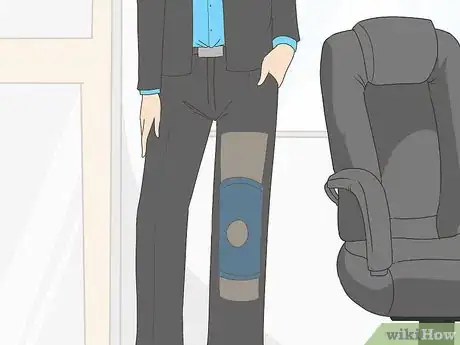

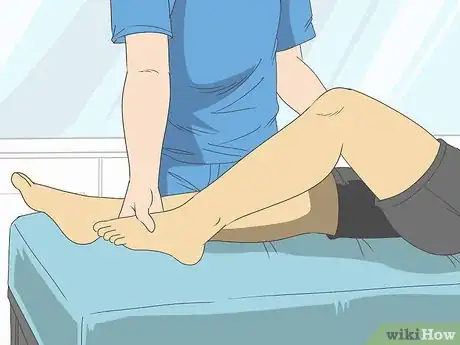
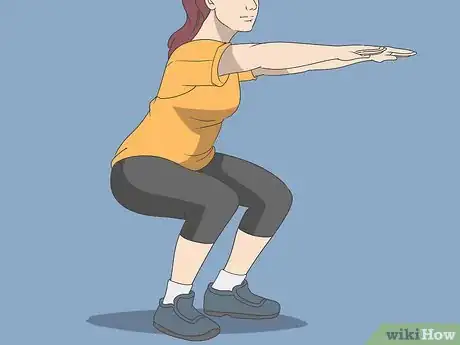
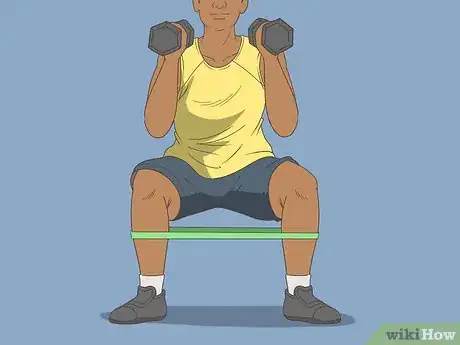
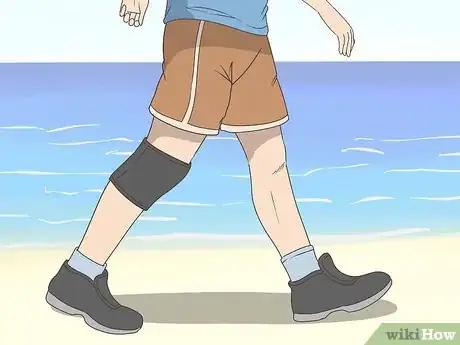
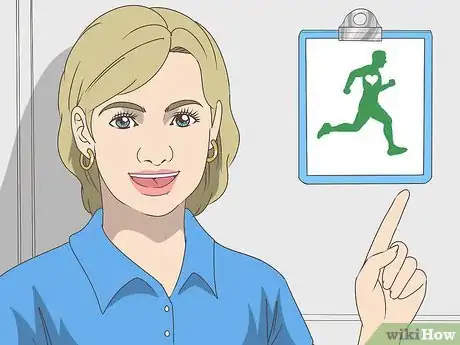

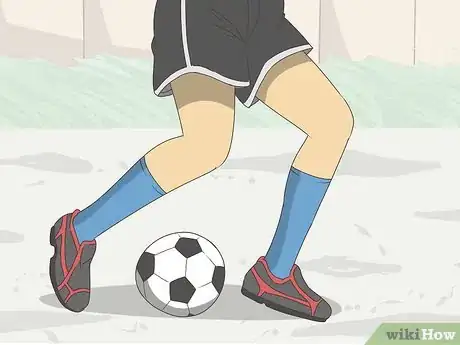
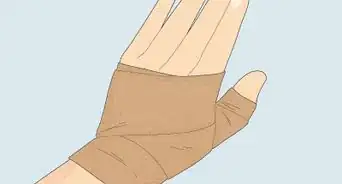





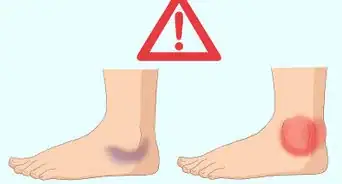
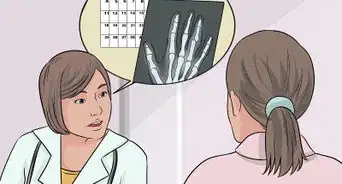
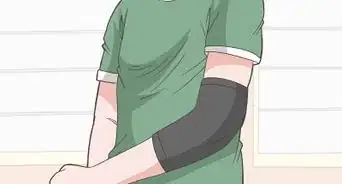



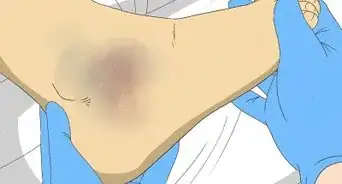













































Medical Disclaimer
The content of this article is not intended to be a substitute for professional medical advice, examination, diagnosis, or treatment. You should always contact your doctor or other qualified healthcare professional before starting, changing, or stopping any kind of health treatment.
Read More...